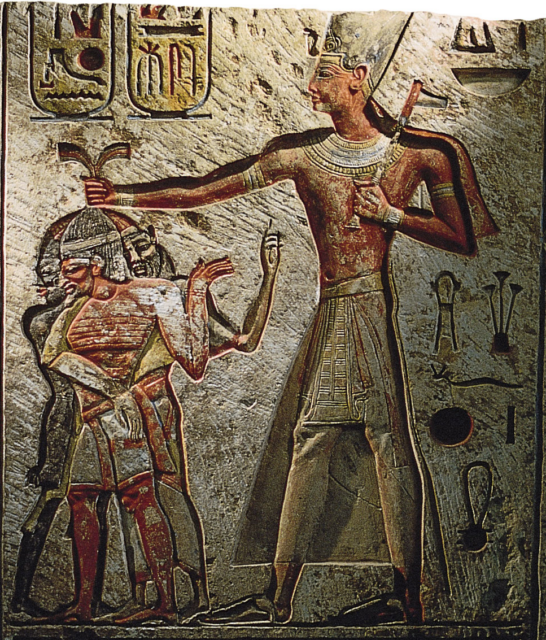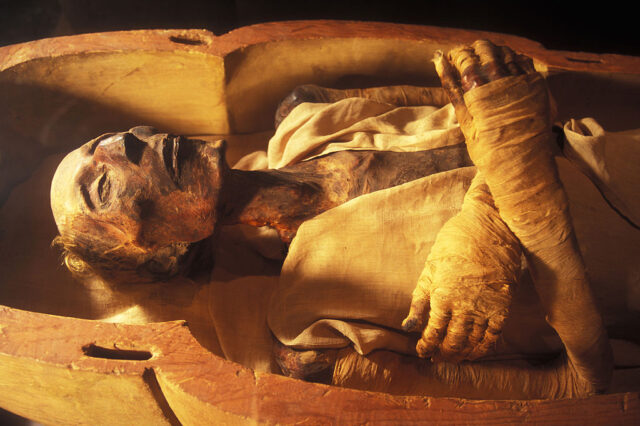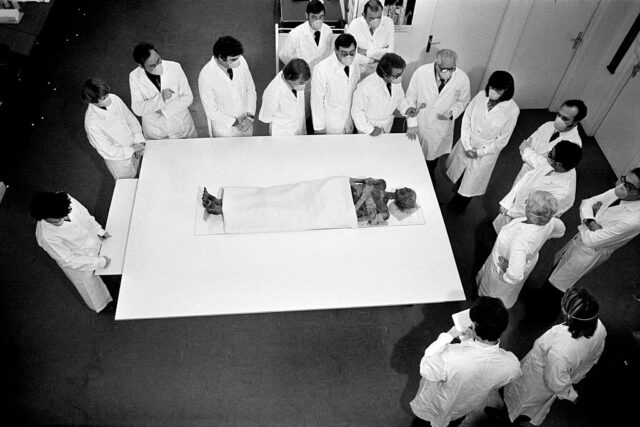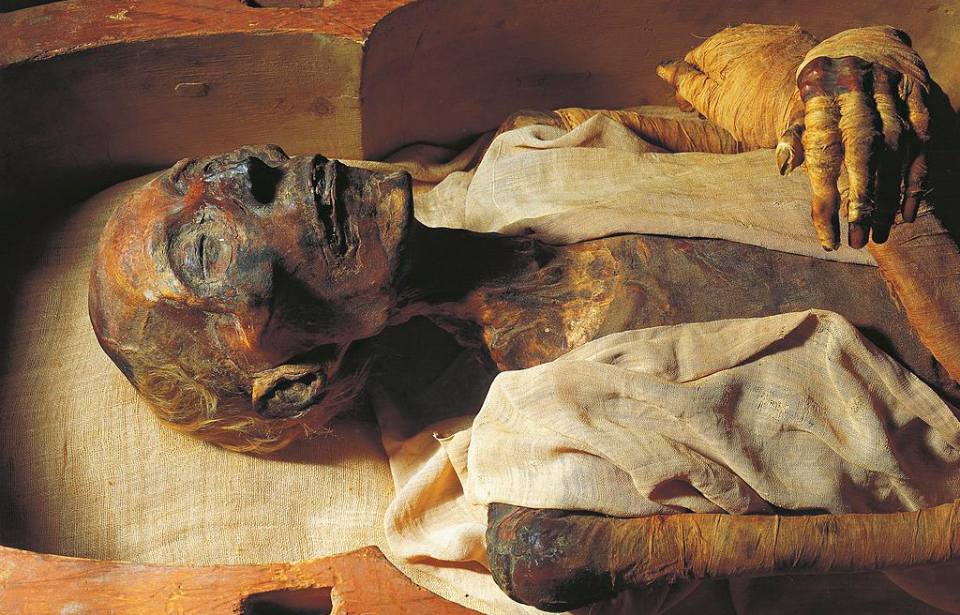There were many great pharaohs who ruled ancient Egypt, among them Ramesses II. Statues and buildings were erected in his honor, and he never experienced a mutiny by his military – but that’s not the most interesting thing about him. In the 1970s, he became the first pharaoh (albeit deceased) to be issued a valid passport by the Egyptian government. Keep reading to learn more!
Ramesses II

Ramesses II was one of the most powerful rulers of ancient Egypt, reigning for approximately 66 years during the 12th century BC as the third pharaoh of the Nineteenth Dynasty. Egyptologists of the 19th century nicknamed him “Ramesses the Great” after discovering that archaeological sites across modern-day Egypt, Sudan and Palestine contained monuments, temples, palaces and shrines built in his honor.
The nickname “Great” was apparently well-deserved, as historical sources prove that the mighty pharaoh governed Egypt at a time of abundance, prosperity and military conquests. His father, Seti I (known as Ramesses I), came from a non-royal family and took the throne after the demise of Akhenaten, who’d attempted to convert Egyptians to a newly-introduced monotheistic religion.
Seti made his son a military general when little Ramesses was merely 10 years old and appointed him prince regent when he was 14. Contemporary historians are unsure at what age he inherited the throne, but he likely became king in his early twenties. During his reign, he led several successful military campaigns to Syria and Nubia (modern-day Sudan); his soldierly conduct and populist reforms made him a favorite among his subjects and no mutiny ever threatened to dethrone him.
His obsession with building and progress left a mark on Egypt in the form of intricately developed city centers and architectural marvels. Some of the structures built during his reign show that he was, like most pharaohs, somewhat narcissistic. At the Great Temple of Ptah, near Memphis, his minions erected a giant 91-ton statue of him.
Discovering the mummy of Ramesses II

Ramesses II’s mummy was discovered in 1881 in the tomb of a high priest named Pinedjem II, who lived almost 400 years after the pharaoh’s reign. The mummy was likely moved from its original tomb in the Valley of the Kings after looters desecrated the burial chamber.
The body was in pristine condition. Ramesses’ skin was entirely preserved, as was most of the hair on his head. Since his facial features remained virtually intact, researchers compared them to the statues that represented him. They concluded that many accurately depicted Ramesses, with his strong jaw and aquiline nose.
A mummy in need of a passport

Due to several factors, including the humidity of the room in which Ramesses II’s mummy was kept at the Egyptian Museum in Cairo, his body began to deteriorate. By the early 1970s, it was infested with bacteria and showed signs of decomposition. This prompted Egyptian authorities to search the world for expert Egyptologists and restorers who would be capable of preserving the ancient body. Such experts were found in France.
However, in order for the mummy to be transported to France, the long-deceased pharaoh needed a valid passport. At that time, French laws dictated that all persons – dead or alive – needed to have valid identification documents to legally enter the country.
Since Ramesses desperately required the help that only French experts could provide, Egyptian authorities issued the deceased pharaoh a valid passport. At the time the document was officially issued, he’d been dead for more than 3,000 years. As for his occupation, officials wrote, “King (deceased).”
When the plane with Ramesses’ remains arrived in Paris, the mummy was greeted by a military procession and received full military honors. Whether dead or alive, kings who enter France on official business are entitled to such a reception. Therefore, Ramesses became the first pharaoh in history to hold an official Egyptian passport and receive full military honors in France.
When the pharaoh’s remains were repaired, they were returned to the Egyptian Museum. Upon the mummy’s return, the body were inspected by then-Egyptian President Anwar Sadat and his wife, who wanted to make sure it was properly refreshed. The pair were seemingly satisfied.
More from us: These 5 Female Kings Successfully Ruled Egypt Before Cleopatra
Those interested in viewing the mummy of Ramesses II can do so at the National Museum of Egyptian Civilization, where it was moved in 2021.
